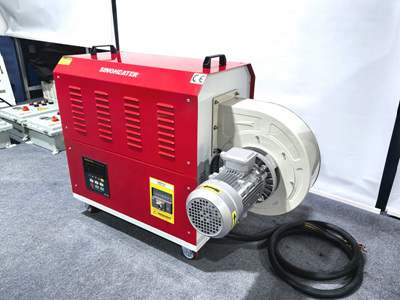In wood processing, using a hot air blower to bend wood is a common technique. The core of this process lies in softening the wood through heating, which makes it easier to bend and shape. The following is the heating method for bending wood with a hot air blower and related key points:
First, heating method
Selection of hot air blower:
Choosing the right hot air blower is the key. The hot air blower should have a stable temperature control capability and sufficient heating power to ensure that the wood can reach the required softening temperature uniformly and quickly.
Considering the outlet air temperature and air volume of the hot air blower, these parameters will directly affect the heating effect and bending quality of the wood.
Heating method:
Direct heating: Direct the hot air blower at the wood surface to heat it up, causing the wood surface to quickly heat up and soften. This method is suitable for thinner wood or situations that require rapid heating.
Indirect heating: Through a hot air circulation system, hot air is evenly blown around the wood, causing the wood to be heated and softened as a whole. This method is suitable for thicker wood or situations where uniform heating is required.
Heating process control
During the heating process, it is necessary to closely monitor the temperature changes of the wood to prevent it from burning or deforming due to excessively high temperatures.
Meanwhile, the heating time should be controlled to ensure that the wood can be bent in a timely manner after reaching the softening temperature.
Second, key points of operation
Wood preparation:
Select the appropriate type and specification of wood to ensure that the wood’s grain, moisture content, etc. meet the bending requirements.
Pre-treat the wood, such as peeling and sanding, to enhance the heating effect and bending quality.
Mold preparation
Make the appropriate mold according to the required bending shape and size.
The mold should have a certain strength and heat resistance to ensure that it does not deform or get damaged during heating and bending.
Heating and bending operations:
Place the wood on the mold and start the hot air blower for heating.
During the heating process, rotate or move the wood at the right time to ensure it is heated evenly.
When the wood reaches the softening temperature, quickly perform the bending operation and fix it on the mold.
Cooling and shaping
After the bending is completed, let the wood cool naturally on the mold or use other cooling methods to shape it.
During the cooling process, it is necessary to avoid the wood being disturbed by external forces to ensure the stability of its shape.



